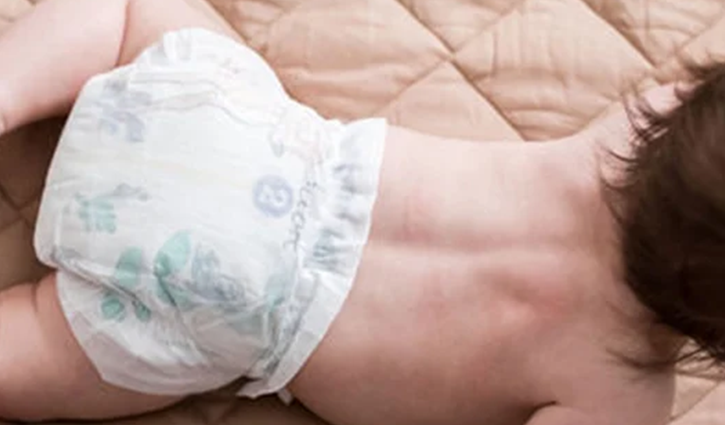Intimate partner violence and family violence have been in the news recently, as more than 30 municipalities across Ontario have declared it an epidemic. Local shelters have seen increased service requests, and police have been answering more calls for help than ever.
Statistically, male-to-female violence remains the most prevalent, and the associated pronouns are often used to describe such acts. With that said, no relationship is immune to unhealthy and abusive behaviours.
What is intimate partner violence?
Many people have preconceived notions of what intimate partner violence is. We have images of women being hit, pushed, screamed at and later wearing a black eye. Images of children crying and cowering are conjured, and we quickly understand the need for support. While there are sadly many people who experience physical and sexual abuse, often, these cases of abuse are much more subtle.
Many people experience verbal, mental and financial abuse regularly. They are controlled, isolated, have a sense of walking on eggshells not to upset their abuser and may feel very stuck in their circumstance. These acts can create just as much fear and uncertainty as those that leave physical marks.
In my career, I have worked in many programs that address intimate partner violence and its lasting impacts. I have worked with individuals and families in therapy, with children in groups, and with separated couples. Here is what I have found in each setting:
Abusive behaviours are not clear-cut, even for those experiencing them.
How children are affected
When children are involved, this complicates a situation as the safety of multiple people needs to be managed. While parents want to ensure that their children are shielded from abuse and remain unaware of the toxicity of a relationship, it is no easy feat, even when you think you’re succeeding.
Unfortunately, many children are not as blissfully unaware as parents like to think. In my work, I have had countless parents inform me that their children have no idea of the various incidents that have occurred as they were in another room or asleep, only for the children to recount the incident to me in great detail; often advising that they were watching from the top of the stairs.
Other parents will also advise that their children are too young to understand what is happening as they are babies or toddlers.
Parents need to realize that many studies have shown that while very young children may not have context for conflict, their brains react to different tones of voice and constantly learn how to process emotions and stress. Watch this video to learn more about how exposure to violence affects a child’s developing brain.
How kids interpret family dynamics
Children are naturally curious beings. They want to understand the world around them and do so by taking in information. They watch, listen, learn and copy what we do as adults and for their first several years, the family system is their only influence.
Children pick up on fear, hesitation and anger easily. While they do not have the language for these things, they create meaning and understanding from what they observe.
For example, I once had a school-age child describe to me the moment that they realized that other families were not like his own. He shared that he was at his friend’s house after school playing and that his friend yelled out to his mother that his father was home, just having parked in the driveway.
This boy shared with me that he felt immediate panic, that his heart started to beat faster, and that he had the urge to run. He asked his friend if they should go upstairs or outside and recalled his friend looking at him with confusion, asking why they would do that.
He observed his friend happily greet his father at the door, and the family went about their day. This client shared that this was when he realized his experiences with his father were not universally shared. Not all children were fearful of their father’s return from work.
Just as we, as parents, feed our children nutritious food for their growth, send them to school for their education and take them to play dates and extracurriculars for their social development, we must also turn our attention to modelling healthy relationships.
Why healthy relationships are important for children’s development
The learning that happens in the home by observing parents in a healthy relationship is invaluable for a child’s development and aids these children in entering healthy relationships themselves as young adults.
Their standards and expectations of their partners are raised, they have more self-confidence and are often more successful academically because they have a greater capacity for learning. Children who experience intimate partner violence at home are often living in a state of fight or flight, which can inhibit their ability to learn.
With all of this said, leaving an abusive relationship can be very challenging. Finances, housing, and safety are all barriers to successfully leaving a relationship. If you or a loved one are in an unhealthy relationship, reach out for support to create a safety plan both in the short and long term.
Contact your local Children’s Aid Society if your children are unsafe and your local police if you need immediate support.
While we know that children are impacted, we also know that children can thrive upon leaving unhealthy situations and getting support.
Please visit the following websites for more information on what is discussed here.
Stefanie Peachey is a Registered Social Worker and Accredited Family Mediator. She is the founder of Peachey Counselling and Family Support in Burlington, ON.

 PARENTING TIPS
PARENTING TIPS PREGNANCY
PREGNANCY BABY CARE
BABY CARE TODDLERS
TODDLERS TEENS
TEENS HEALTH CARE
HEALTH CARE ACTIVITIES & CRAFTS
ACTIVITIES & CRAFTS


